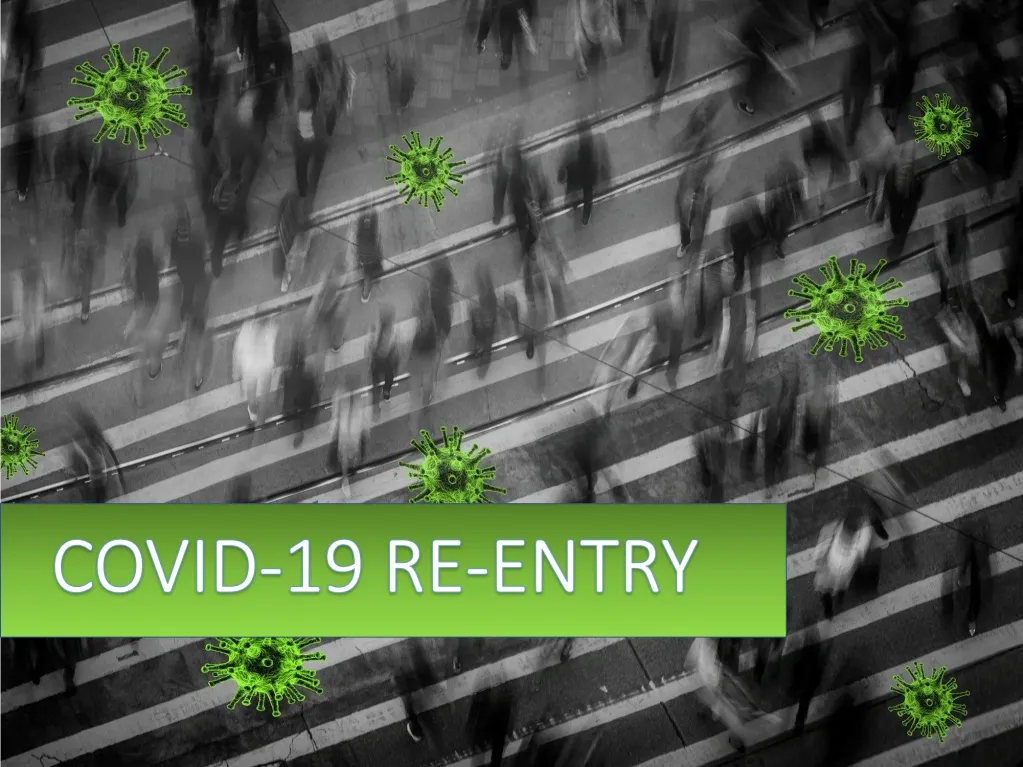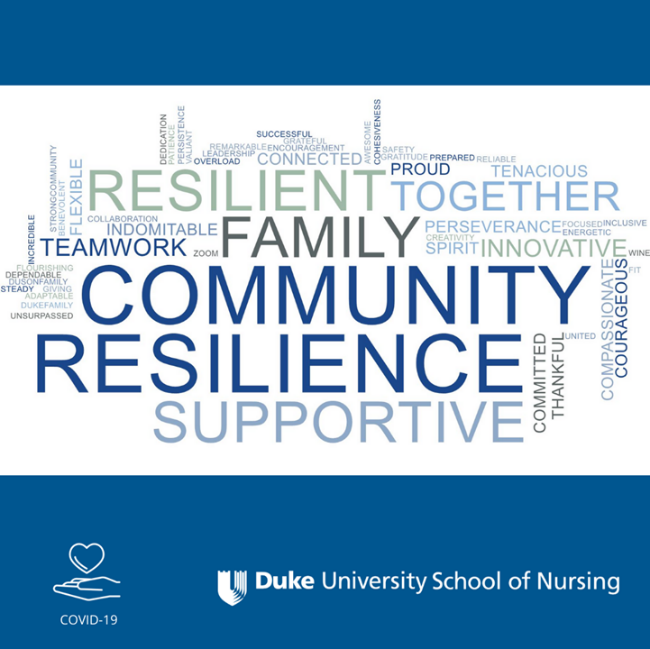Opening the Door for an Equitable Re-Entry

By Brigit Carter, Ph.D., R.N., C.C.R.N. Associate Dean for Diversity and Inclusion, Duke University School of Nursing
As infectious disease experts begin to think about how life will be when we return to work and school, it is critical that diversity and inclusion experts also think about how to support a non-discriminatory and equitable environment.
While many people are just excited they will be to get back to previous routines, there are others concerned about how they will be received and how will they survive. Our American-Asian and Asian community members have been unfairly targeted and black men are wary about wearing facial masks/coverings because of racial profiling. There were also those who were struggling financially before whose socioeconomic status is now even more fragile and those who have been thrust into poverty as a result of this pandemic. As some move back into “regular” life, how do we protect and address the real-life inequalities for those in these very vulnerable and real situations?
Create, Modify or Emphasize Current Community Norms
Each community should take part in creating norms identifying what is and is not tolerated as one of the first steps. Before returning to the physical spaces, schedule town halls to discuss concerns, name acceptable and unacceptable behaviors and identify strategies that the majority agrees on and will hold everyone accountable.
Norms should be identified, communicated, emphasized, publicized and evaluated on a routine basis. The norms that are selected should align with the community’s core values and may just be an extension or the same as the current community norms. Using a forum where all community members are present to communicate and emphasize expectations and continue to publicize norms via visual reminders throughout the environment. There should also be a mechanism to promote reporting of discriminatory or harassing behavior.
It is also important not to minimize someone else’s experience. There is power in the words we choose and being mindful that what we say should come from only our own experiences. There are discussions now about not using the word social distancing and that in part is true, but we must be mindful that there are millions of people who have been socially cut off from their parents, sisters and brothers, children and friends. This has created a social distance even within the homes of health-care providers who can only look at a loved one and not come close to them for fear of transmission of an infectious disease. While we can use physical distance in some areas, I would ask we consider the real emotions of those around us as we try to reduce the effect of a word or phrase.
Monitor for Disparities Within your Community
Because inequities are magnified during COVID-19 there has been a greater focus on food insecurity, healthcare access, socioeconomic status and discriminatory behavior. Often, when the spotlight is brightly shining on a current problem the response to support is great. However, when that light begins to diminish and the focus is shifted, where will those be who are still faced with the same or additional inequities? There will be an increased amount of people who will join the ranks of those who were previously dealing with these disparities prior to COVID-19.
It is critical to have supervisors, faculty/teachers and other support resources such as social workers and chaplains (or whoever those support resources are within your specific community) to remain vigilant and aware of life situations and circumstances within their community. Create a resource inventory to address needs related to food, housing, healthcare that will help support those that need support. Even more importantly, identify free or low-cost services to support mental health and well-being. There is an abundance of resources available now so it is necessary to identify those who will be available on a more long-term basis. While the curve may be flattened, life will not miraculously return to normal for a large portion of the United States population.
Maintain New Connections
Maintaining new connections, which were built during the stay-at-home directive is something that will have to be nurtured. The result of additional interventions that were developed to reduce social isolation and connect the community, is new friendships and improved collegial, faculty-student and supervisor-employee relationships. Planning ahead to encourage, develop and support these new relationships will allow the momentum to continue and be extremely affirming to those who are still in recovery mode. If those things have not been created in your community, seek opportunities to engage with one another outside of the daily work or school interactions (see previous blog, Diversity and Inclusion During a Time of Social Distancing).
The Duke University School of Nursing (DUSON) Community was asked to share the word that comes to mind when thinking of #DUSONStrong during the COVID-19 experience. This is the result. While there are many feelings of community, teamwork and resilience during the crisis, continue to cultivate these emotions so they remain a part of your environment long after the pandemic has resolved.

